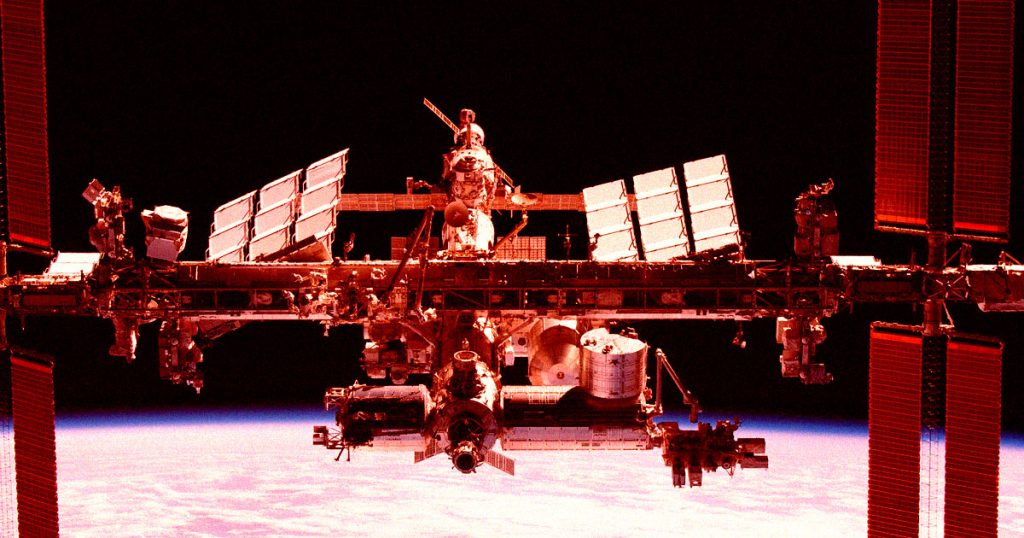“We intend to keep our crew on board as long as possible to help maintain and keep the space station in good condition.”
Pull it out
National Aeronautics and Space Administration (NASA) Recently Announced The company announced that it had awarded SpaceX a nearly $1 billion contract to develop the “American Deorbiter,” designed to drag the International Space Station (ISS) down into Earth’s atmosphere and destroy it.
But that’s easier said than done: As ISS program manager Dana Weigel explained, the procedure, which will bring an end to decades of peaceful international cooperation in space around 2030, could take 12 to 18 months as the spacecraft “drifts away” from its normal orbit. During the briefing on wednesday.
“We intend to keep our crew on board for as long as possible to help maintain the station and keep it healthy,” she added. “Our plan is to: [the crew] The departure is scheduled for approximately six months before the ISS’s final re-entry, which will take the spacecraft to an altitude of approximately 220 kilometers.
This is roughly half the average altitude at which the space station orbits Earth.
“Then, at the right time, it will execute a complex series of actions over the course of several days to deorbit the ISS,” she explained.
Ferocious Dragon
NASA is “leveraging SpaceX’s extensive flight experience” to develop a spacecraft that will act as a giant space tugboat to pluck the 925,000-pound behemoth from orbit.
“NASA wants to strengthen SpaceX’s Dragon cargo spacecraft with a hardened trunk section that will house propellant tanks, engines, avionics, power generation and thermal hardware tailored to perform this mission,” Weigel said.
NASA has not yet decided where to land what will remain of the space station after it leaves Earth’s atmosphere, but given its vast size, they are considering the South Pacific Ocean.
The agency acknowledged that there are still variables as to how long it would take to destroy the ISS.
“Normal planning would see it reach the end of its life at the end of 2030, and then sink into the ocean in January 2031,” Weigel explained. Because the solar cycle is unpredictable, with 11-year solar weather patterns that could pose a threat to satellites and spacecraft, NASA plans to launch the deorbiter “a year and a half” before the deorbit burn to give it plenty of time.
Asked whether NASA was considering salvaging any remains of the space station “for a potential museum,” Ken Bowersox, NASA’s vice president for space operations, agreed that “it’s a pretty good idea.”
But “based on our analysis, I would say there’s not going to be much left when it hits the ocean,” he added, “but it would be a good idea to go out there and have a look and see if there’s an emergency.”
More about the ISS: Former space agency leaders horrified by plans to destroy space station, say it would be easier to save it


